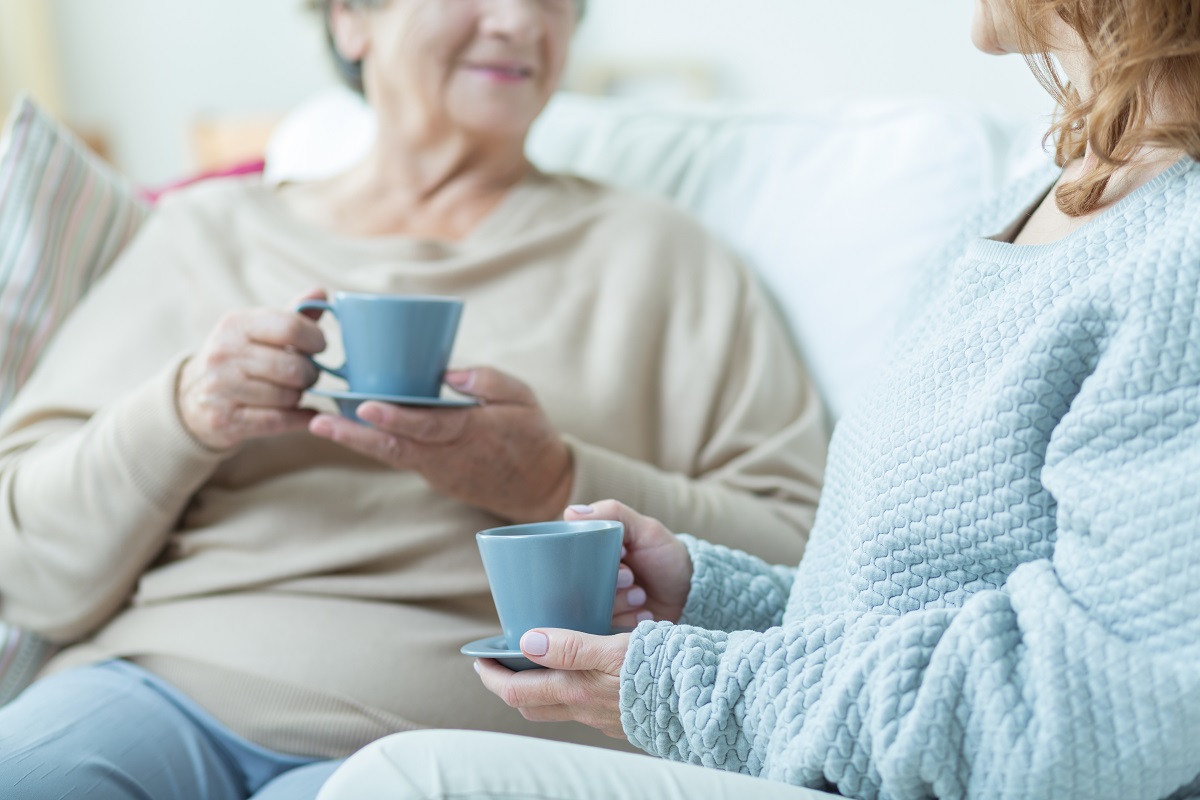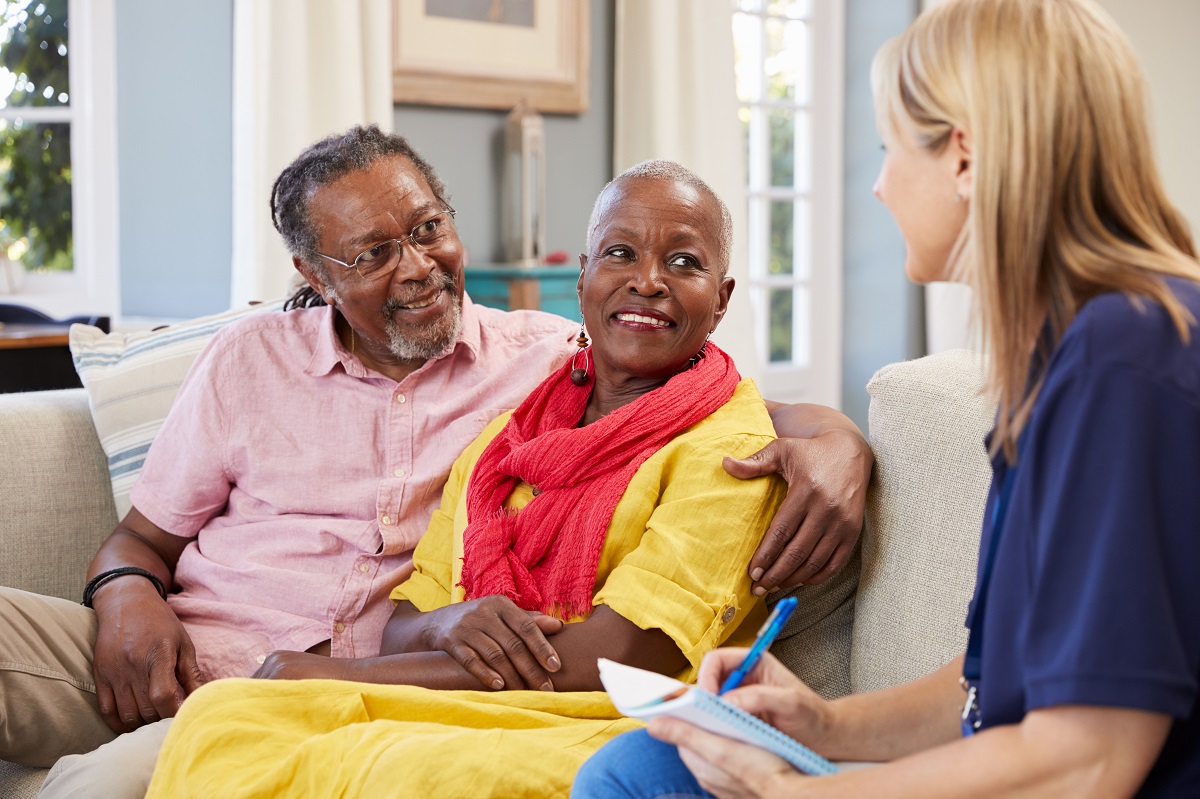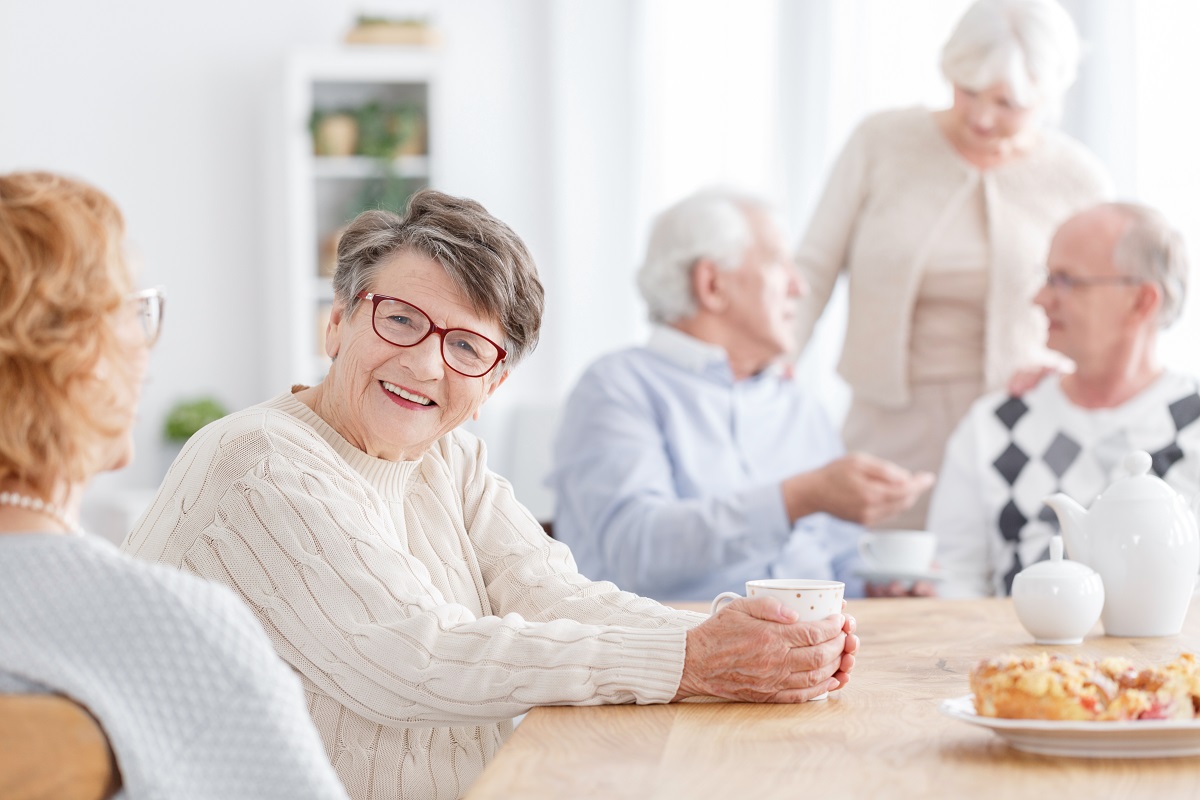You may think it’s all a bit Big Brother, but a home monitoring system can make a real difference when it comes to maintaining the safety of a loved one with dementia.
For most carers, the prospect of leaving their loved one to manage in their own home can spark both positive and negative thoughts.
On a positive note, they will be living in a place they know, recognise, and feel comfortable in. But the negative implications are that they may not be able to manage as well as they used to, especially if they live on their own, or aren’t near friends and family.
Fears about things such as leaving cookers on, front doors open, or simply forgetting to eat, dress or wash can leave many carers concerned that the only way they can avoid accidents and mishaps is to get regular professional care, or put their loved one into residential care.
‘Aging in place’ – the aim for many carers
Many of those with dementia – 85 per cent – would prefer to stay in their own home, and this is known as ‘aging in place’. In fact, The Centre for Disease Control in the US defines aging in place as “the ability to live in one’s own home and community safely, independently, and comfortably, regardless of age, income, or ability level.”
Ultimately, providing a system that allows people with dementia to live at home independently and safely is not just about ensuring their comfort and happiness, it’s also a way to reduce the cost of professional care, whether in a nursing home or hospital, and the pressure on family carers.
When might you use home monitoring?
Often, people start considering some form of home monitoring once they notice their loved one with dementia is struggling more than they used to. They might have experienced the following:
– A recent fall
– A spell in hospital
– A recent bereavement or period of stress which has exacerbated their dementia symptoms
How can it help?
Remote home monitoring can take many forms and levels, but may include:
– Monitoring movement, including a lack of movement during the day (suggesting illness or a fall) and too much movement during the night, suggesting poor sleep habits. This is picked up by movement sensors placed in different rooms.
– Monitoring health and wellbeing with automated pill dispensers that show clearly if a person has taken their medication, and fridge monitors that detect how often the fridge door is being opened (a good indicator of how well, and how often, your loved one might be eating).
– Monitoring safety through sensors that alert for temperature, floods, gas and smoke.
– Monitoring visitors, including the arrival and departure times for professional carers, family and friends.
The monitoring systems vary, but are often based on the use of movement, temperature or light sensors. They can also be linked up to detect other factors including gas or smoke, or linked to specific machines such as electric pill dispensers.
The system is then linked up to a telecare system or app, which can alert family or carers if there is anything out of the ordinary in the daily routine of the person with dementia. Some are run through the internet and mobile phone apps, while others are run through a telephone line and specific call centre.
Ethical considerations
The Social Care Institute for Excellent (SCIE) commissioned a study to identify ethical issues relating to remote monitoring and telecare services and identified particular areas that needed to be considered, both pre- and post-installation.
Pre-installation
Assessment
It’s vital to get the right balance between independence, social wellbeing, privacy and protection. This is done through appropriately trained assessors who can maintain a system of constant review about how the monitoring is doing.
Communication
There must be clear communication between the person with dementia, the family and any professionals involved in care including carers and doctors and nurses. Everyone needs to have realistic expectations of what telecare and monitoring can and cannot do.
Consent
Preferably, consent will be given before the person you care for has started to lose their mental capacity, in the form of an advanced statement. If this isn’t possible, every effort must be taken to explain what is going on as clearly as possible, and preferably on a day when the person with dementia is more lucid, taking into account factors such as the balance between quality of life, independence and safety.
Individualised care
The system, equipment or level of monitoring that you go for should be picked according to the needs of the individual so that it can fit in with a person-centred approach to their care.
Post-installation
Data collection
Anyone using remote home monitoring or telecare need to be informed, if possible before installation but most definitely afterwards, about what information will be collected and how it will be used. Any data that is collated should be securely stored and transferred between those accessing it using clear protocols.
Issue of isolation
While remote home monitoring can be a very useful tool to help someone with dementia remain in their own home, it’s also important for everyone to remember that it cannot monitor changes in a person’s emotional wellbeing, so will not necessarily spot if they’re feeling lonely or depressed (especially if they’re ‘putting on a brave face’ and carrying on with daily activities despite how they’re feeling).
Ultimately, home monitoring is not a substitute for human contact and is best used in combination with professional care and support from family and friends. This needs to be recognised in a loved one’s care plan as too much reliance on telecare could have a potentially isolating effect which needs to be avoided.
However, when used correctly, and with co-operation from the person with dementia, home monitoring can be an effective component in their care.
To see the range of home monitoring products available on Unforgettable, click here.
SHARE
Explore more




